The Dark Side of Ed Tech: How Technology is Impacting Learning and Student Health
Here we have shared how tech is going to affect education and what its the downside when it comes to learning, and how ed-tech is going to impacts
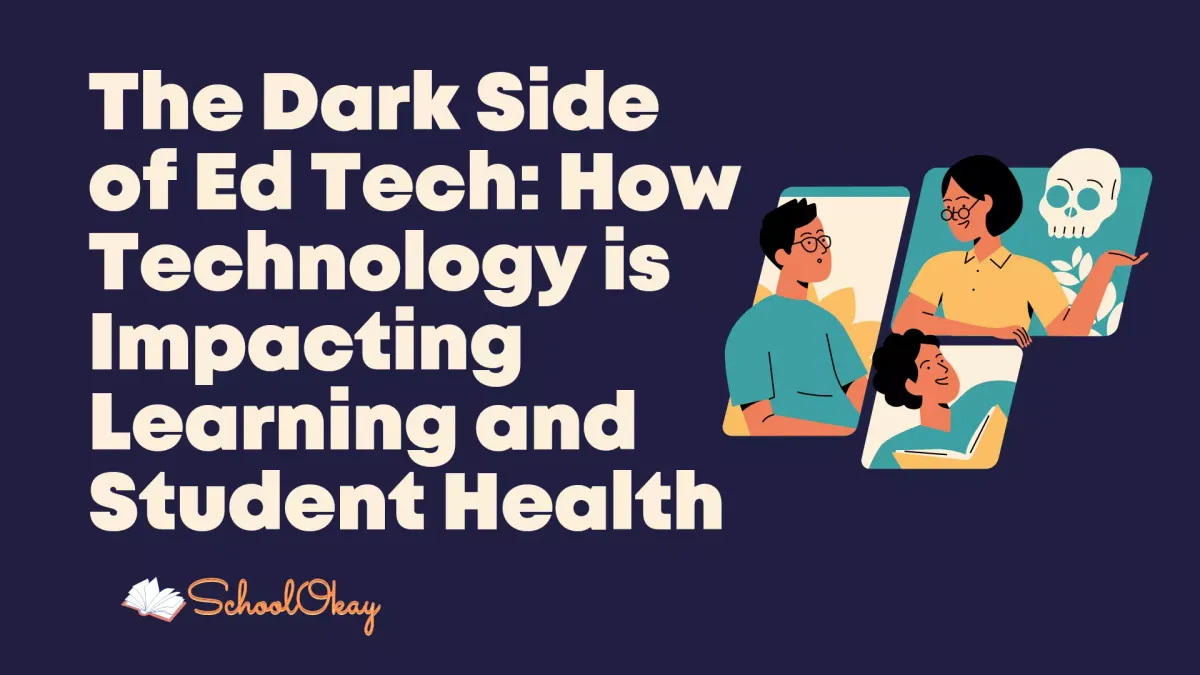
Ed-tech has brought about a revolution in the field of education by making a wide variety of tools and resources that improve the quality of the learning experience available. With the advent of interactive whiteboards, online learning platforms, educational apps, and virtual reality simulations, education has become more engaging and accessible. Nevertheless, just like any technological innovation, we must acknowledge and address a flip side to ed-tech.
The Benefits of Ed Tech
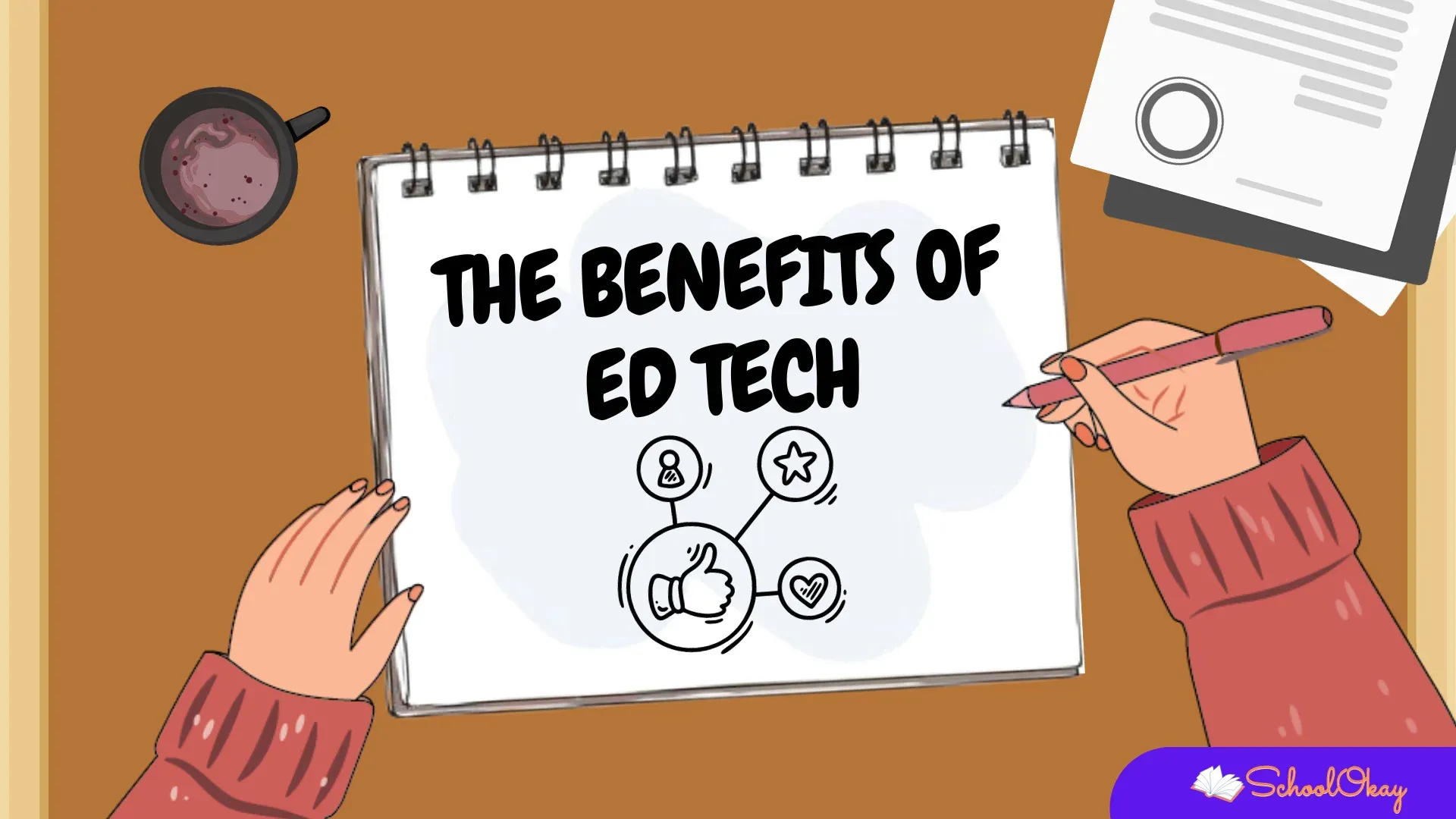
Before we delve into the dark side of ed tech, it's important to acknowledge its many benefits. To begin, educational technology has lowered the barriers to entry for students who may not have been able to participate in more conventional forms of education. Students can study whenever they want and from wherever they are in the globe, thanks to the availability of online classes and digital materials.
Ed-tech has also made education more engaging and interactive. Interactive whiteboards, for example, allow teachers to incorporate multimedia elements into their lessons, making them more fun and interesting for students. Learning through educational apps and games can increase student engagement, leading to better retention of information.
The Dark Side of Ed Tech
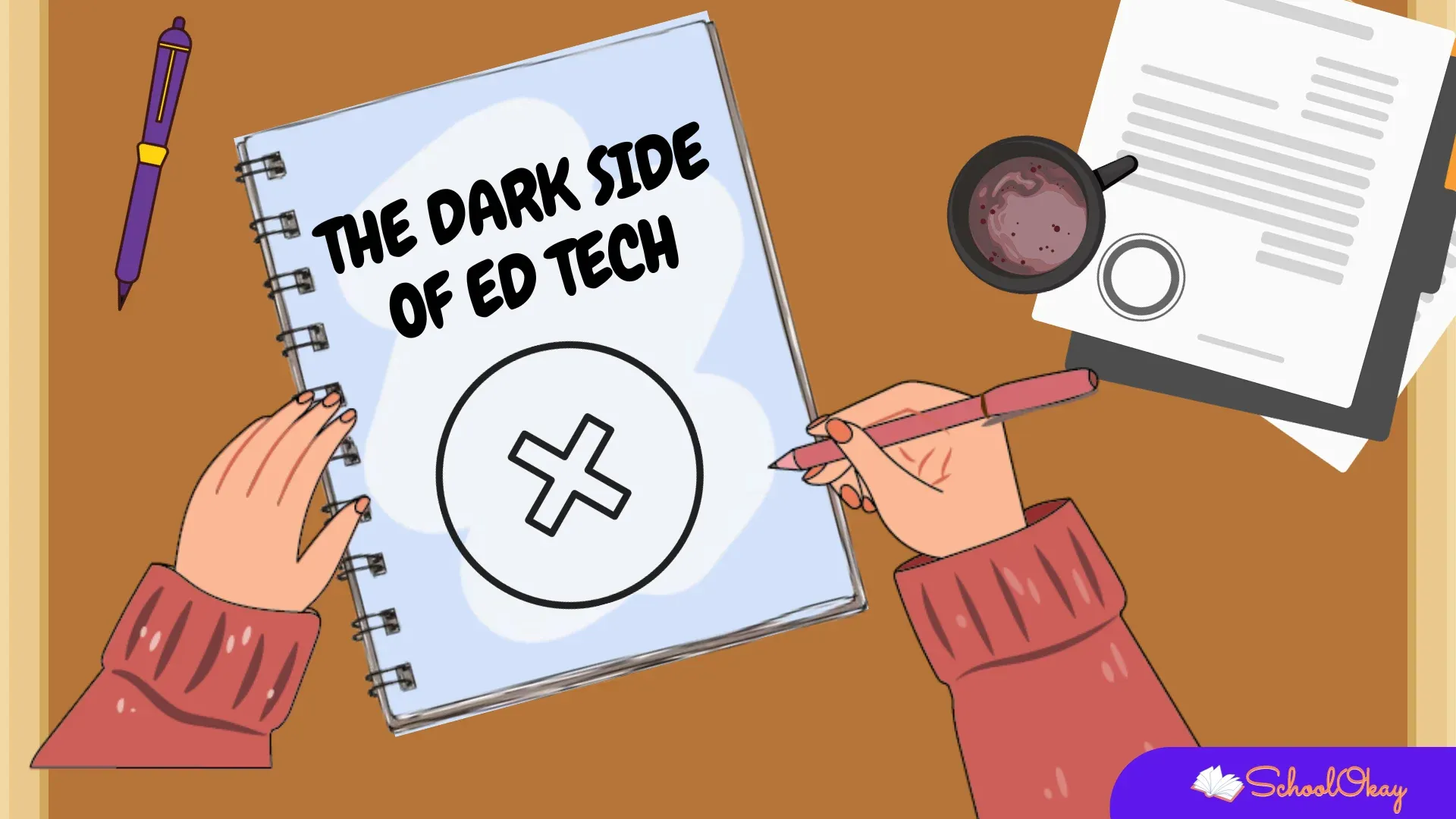
Despite its many benefits, ed tech also has a dark side. One of the biggest concerns is that it can actually hinder learning. Students who took notes on a laptop did lower on conceptual questions, according to research that was published in the Journal of Educational Psychology.
The study compared their performance to that of students who took notes by hand. Students are encouraged to reproduce lectures word for word, when they type their notes on a laptop rather than processing the content and summarizing it in their own words, this is the result.
Ed tech can also be a distraction for students. With access to the internet and social media, students may be tempted to surf the web or check their phones during class rather than focus on the lesson. When students lack motivation and fail to perform well academically, it may result from their disinterest and disengagement.
The Impact of Technology on Learning
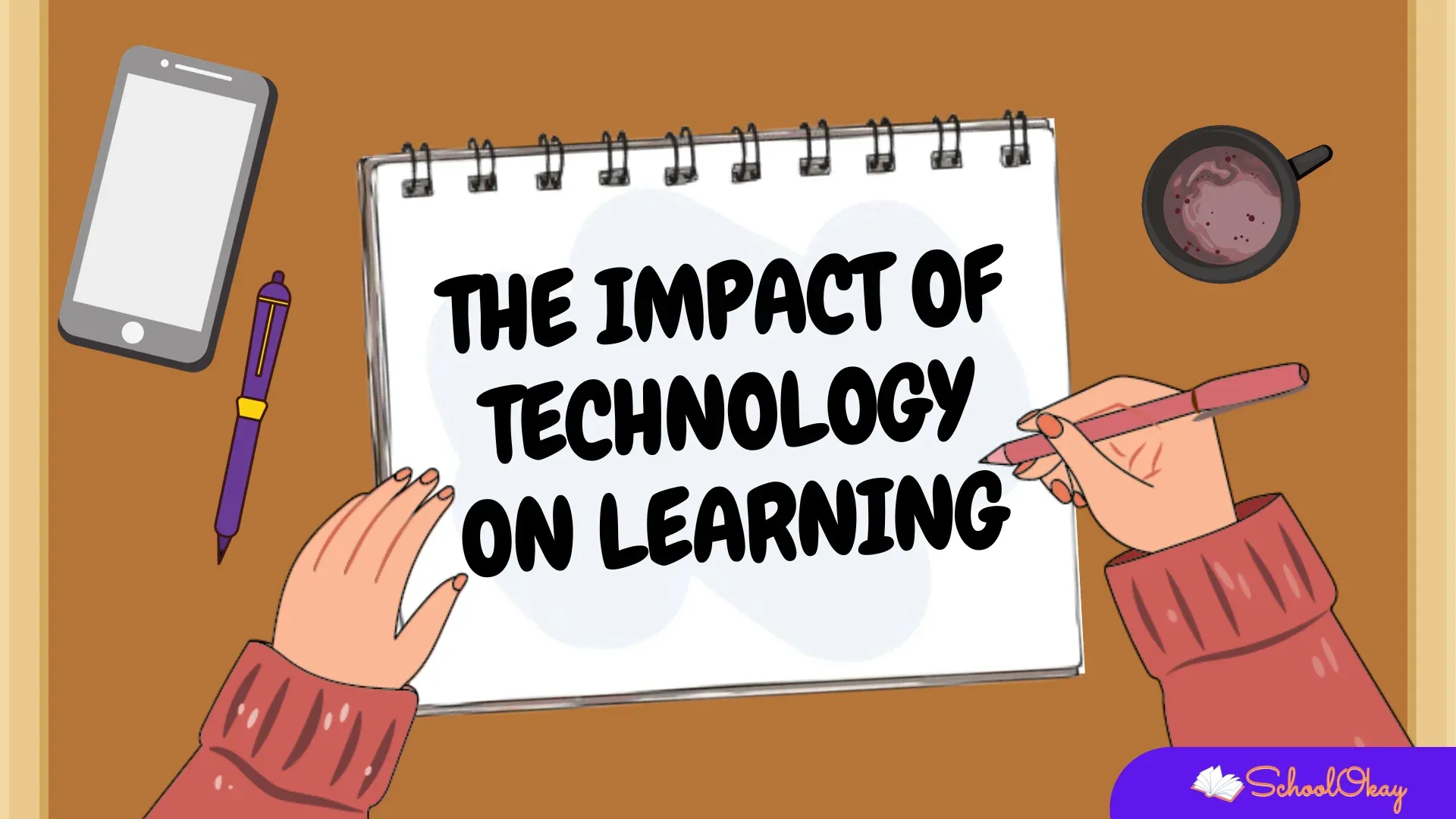
Ed-tech has raised concerns about its effectiveness in improving learning outcomes, as evidenced by a National Education Policy Center report. The report highlights a lack of evidence that ed-tech leads to academic achievement. It even suggests that its use may exacerbate the achievement gap between students from different economic backgrounds.
This is because ed-tech often requires access to expensive devices and high-speed internet, which may not be available to all students. Additionally, ed-tech may not be effective for all students, as different learning styles and preferences may require different approaches to teaching.
The Influence of Technology on the Growth and Well-Being of Students
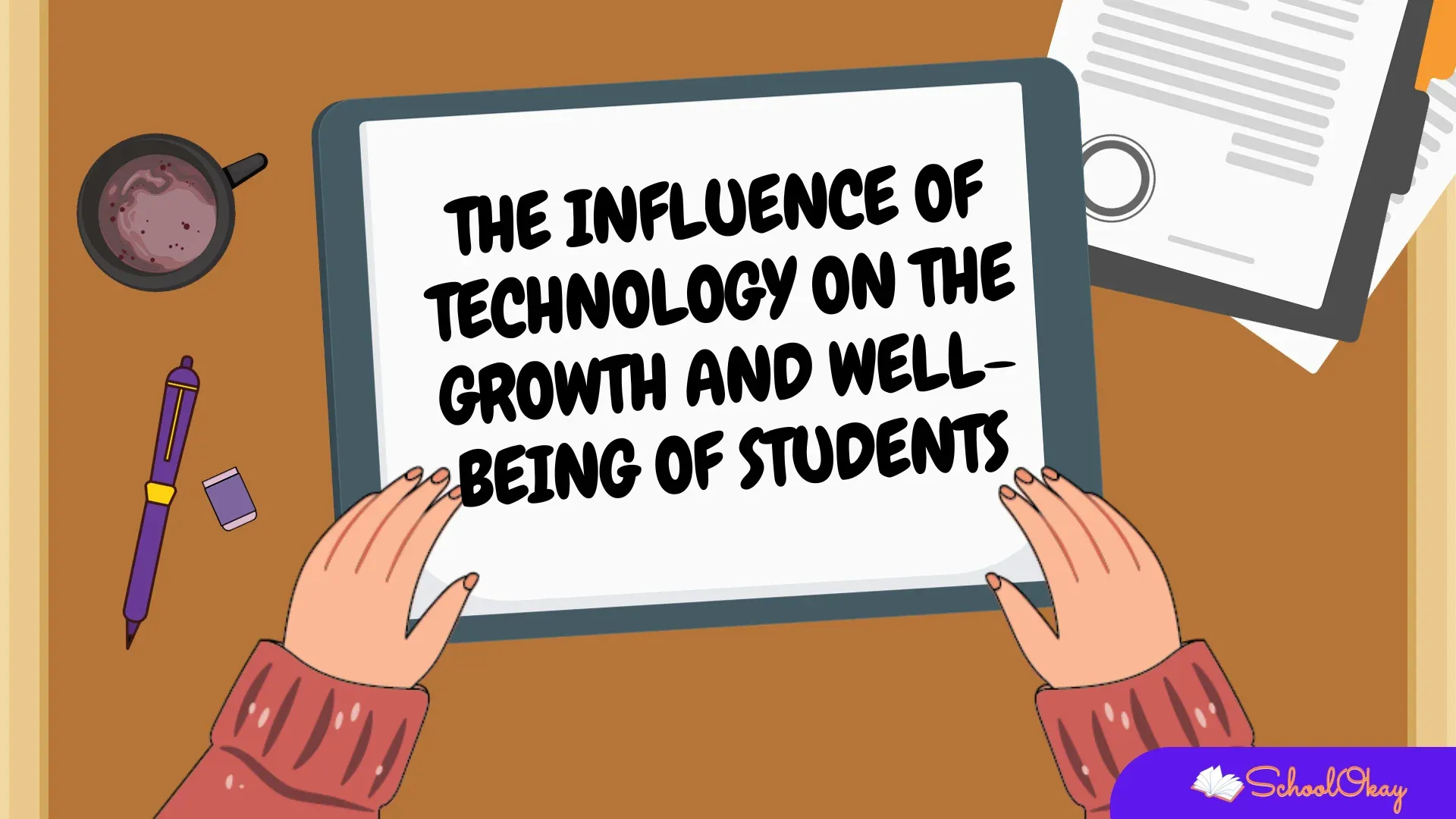
In addition to its impact on learning outcomes, ed-tech can also have negative effects on student health and development. Extended exposure to screens can trigger various health issues, such as weight gain, difficulty sleeping, and visual discomfort.
Ed-tech can also be isolating for students, as it encourages individual learning rather than collaboration and socialization. This can impact the development of social skills and emotional intelligence, which are important for academic and life success.
The Costs of Ed Tech
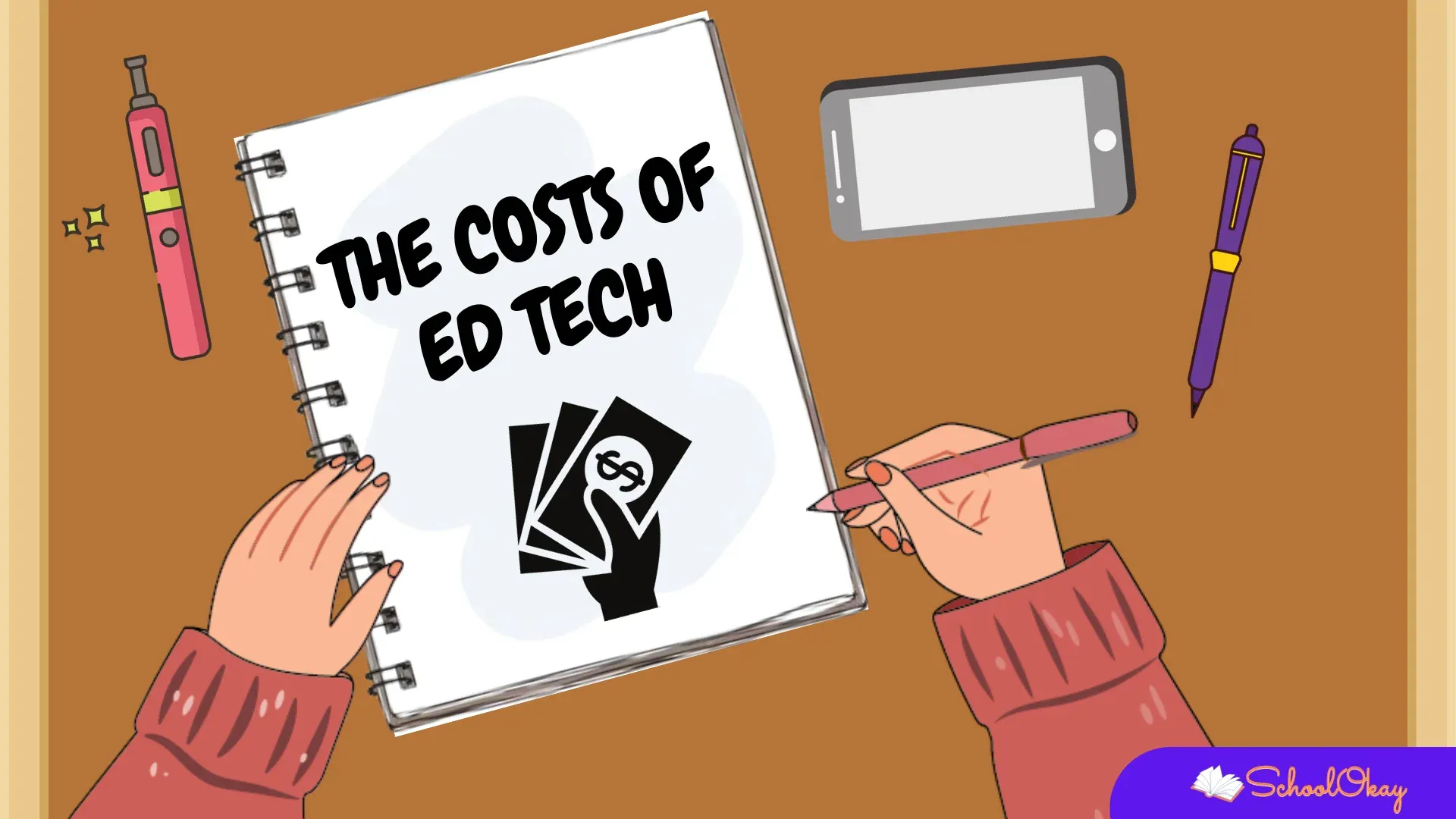
Another concern with ed-tech is the cost. While some ed tech tools and resources are free or low-cost, others require a significant investment. This can strain school budgets and limit access for students who cannot afford to purchase their own devices or pay for expensive software.
Additionally, the constant need to upgrade and replace ed-tech tools can be costly and unsustainable, leading to a reliance on technology that may not be in the best interest of students or schools.
The Importance of Balancing Technology and Traditional Learning Methods
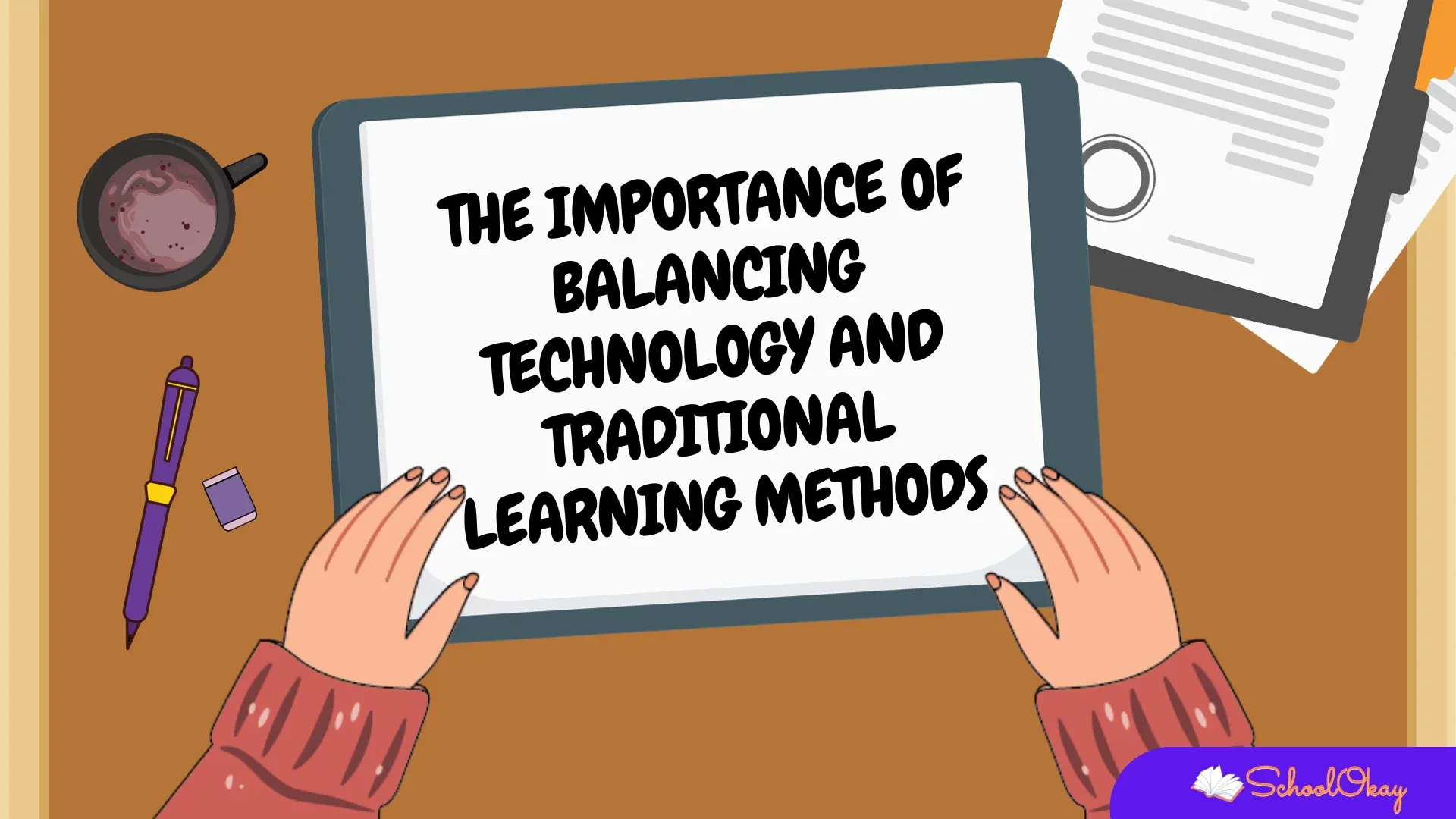
To avoid the potential pitfalls of ed tech, it's crucial to balance incorporating technology and sticking to conventional learning approaches. This means using ed-tech tools and resources where they are effective but also incorporating traditional methods like handwriting and collaborative learning.
Teachers should also be mindful of how much screen time students are exposed to and encourage breaks and physical activity throughout the day. Striking a balance between technology and conventional teaching approaches can greatly reduce the adverse impacts of prolonged screen exposure and foster a healthy and wholesome lifestyle.
Alternatives to Ed Tech
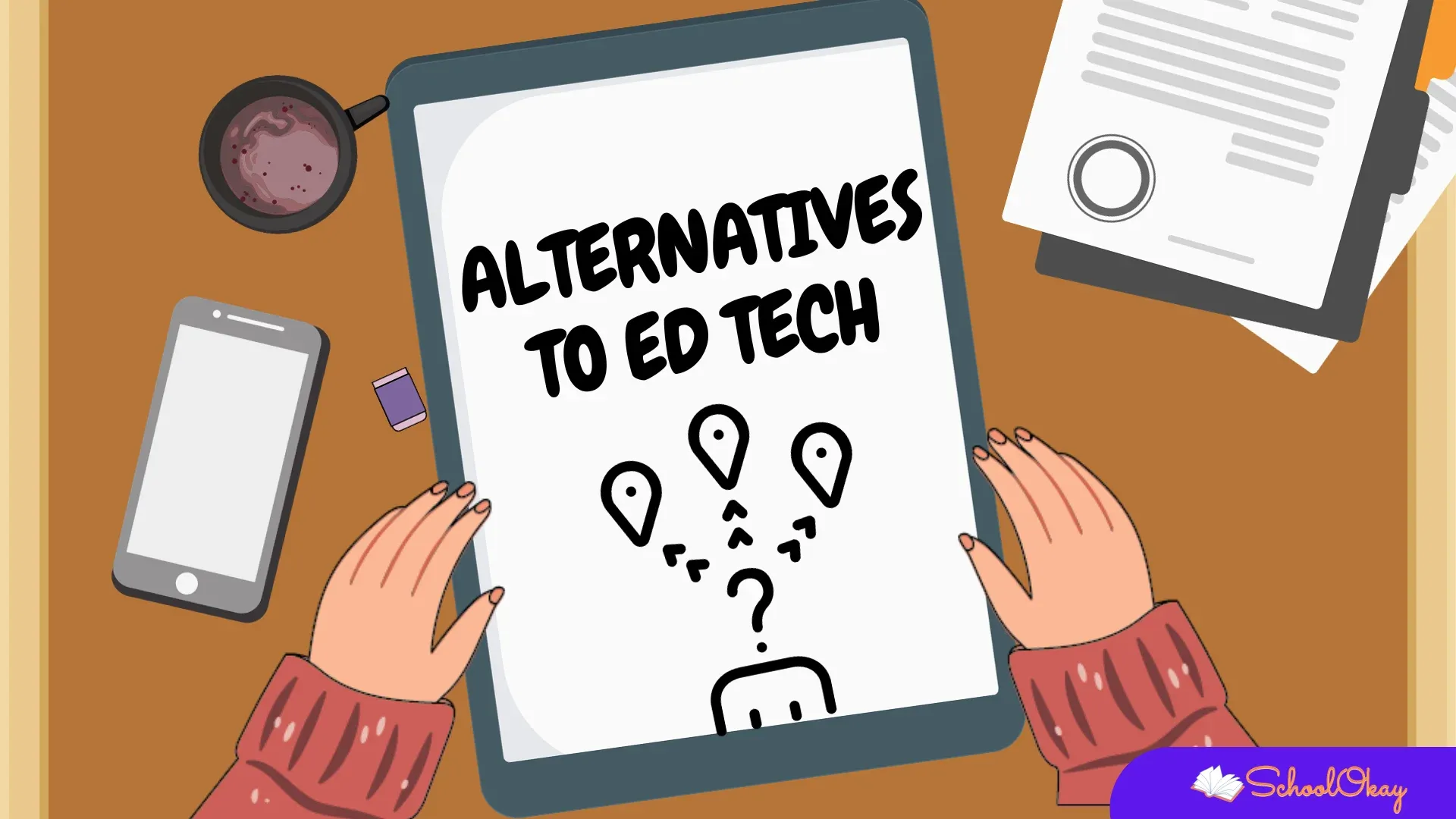
For educators concerned about the negative effects of ed tech, there are alternatives to consider. For example, project-based learning and experiential learning can be effective teaching methods that do not rely on technology. Field trips, hands-on activities, and group projects can provide valuable learning experiences without needing screens or devices.
Finding a Balance

As with any technology, the key to reaping the benefits of ed-tech while avoiding its negative effects is to find a balance. Teachers and educators should carefully consider which ed tech tools and resources are most effective for their students and incorporate them into their lessons to enhance learning and engagement.
The effectiveness of ed-tech varies depending on the context and individual learning needs, so a universal approach may not be appropriate. Different students have different learning styles and preferences; some may benefit more from traditional learning methods than from ed-tech. Teachers should be flexible and willing to adjust their teaching methods to serve their students best.
Moreover, schools and districts should invest in the appropriate infrastructure and resources to support the effective use of ed-tech. To ensure that students can fully benefit from ed tech, it is crucial to guarantee access to fast internet and equip all students with the required hardware and software.
It also means providing ongoing professional development opportunities for teachers and educators to ensure they have the skills and knowledge to integrate ed tech into their lessons effectively.
Conclusion
To sum up, everything stated so far, Ed-tech has the potential to revolutionize education and make learning more accessible and engaging than ever before. Like all forms of technology, there are potential downsides and risks associated with ed-tech that cannot be ignored.
By finding a balance between ed-tech and traditional learning methods and investing in the necessary infrastructure and resources, we can ensure that ed-tech is used to enhance learning and promote student success.
Also read:
Best self development books with life changing advice.
12 books that can help you to shape your career.
Cbse class 10th result soon to be declared.
Share and subscribe to the blog by email.


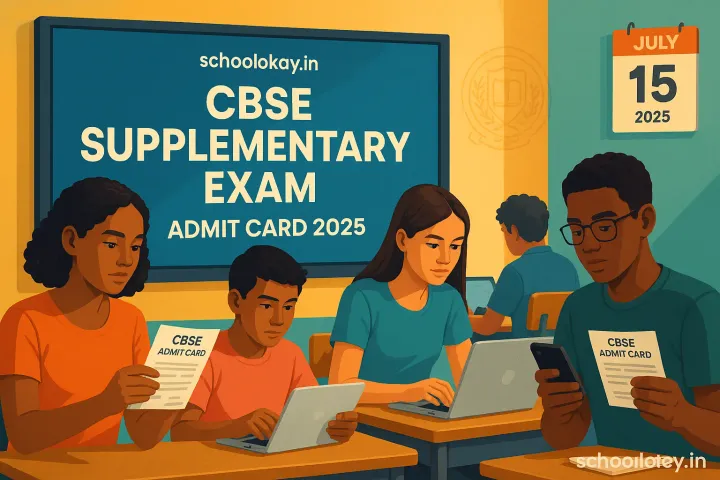
Comments ()